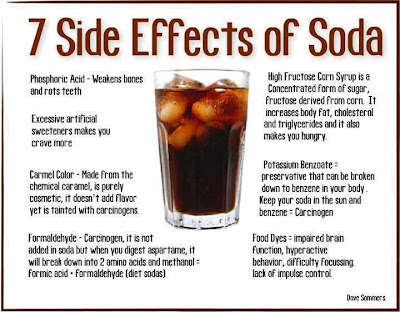Last week I wrote about how chronic pain in your body may be linked to your emotional state of mind. This week I take it further and dive into Traditional Chinese Medicine and the science that says different emotions store in different organs within your body. So think twice when you want to dwell in sadness or rage out in anger because your organs are keeping count and eventually chronic inflammation within those organs will manifest into chronic illness.
- stress and frustration will affect your brain health
- tension is stored in your neck and spine
- lack of trust will affect your thyroid health
- fear and worry affects the heart & kidneys
- sadness is stored in the lungs
- anxiety manifests into digestive issues
- anger is stored in the liver & gallbladder
- the sympathetic nervous system of “fight or flight” will affect the adrenal glands
- feelings of guilt affect the spleen
A major life lesson that has stuck with me is “stress isn’t the problem, it’s how we react to it”. Stress is inevitable, life is stressful but we can alleviate any bodily harm our emotions can cause by noticing them at its source. When we feel the start of an emotional reaction, we can observe how it makes our body’s feel in that very moment. This is triggering the awareness within ourselves, we are becoming mindful of our bodily sensations.
To release inner anger that is stored in the liver, eat leafy greens like spinach and kale, cruciferous vegetables like broccoli, cauliflower, and cabbage. These foods will detoxify the liver from heavy metals, pesticides, and any toxic chemicals. Eating apples and beets will provide the liver with nutrients while also detoxifying the blood. Eating whole foods allow the liver to self-repair.
Have a wonderful week! Remember to keep tabs on those emotional ups and downs and instead of identifying with it, just simply observe it and allow it to pass. Don’t allow it to store in your organs!












